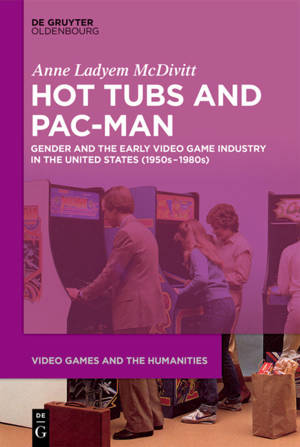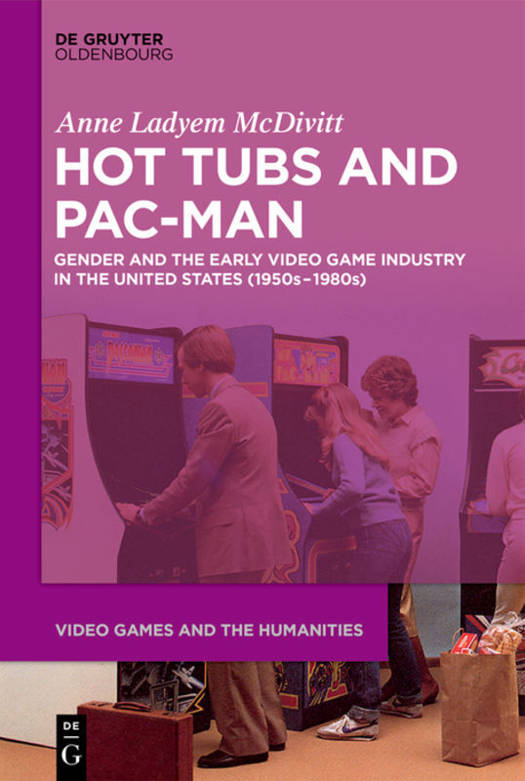
- Afhalen na 1 uur in een winkel met voorraad
- Gratis thuislevering in België vanaf € 30
- Ruim aanbod met 7 miljoen producten
- Afhalen na 1 uur in een winkel met voorraad
- Gratis thuislevering in België vanaf € 30
- Ruim aanbod met 7 miljoen producten
Zoeken
Hot Tubs and Pac-Man
Gender and the Early Video Game Industry in the United States (1950s-1980s)
Anne Ladyem McDivitt
€ 23,95
+ 47 punten
Uitvoering
Omschrijving
This work looks at the gendered nature of the US video gaming industry. Although there were attempts to incorporate women into development roles and market towards them as players, the creation of video games and the industry began in a world strongly gendered male. The early 1980s saw a blip of hope that the counter-cultural industry focused on fun would begin to include women, but after the video game industry crash, this free-wheeling freedom of the industry ended along with the beginnings of the inclusion of women. Many of the threads that began in the early years continued or have parallels with the modern video game industry. The industry continues to struggle with gender relations in the workplace and with the strongly gendered male demographic that the industry perceives as its main market.
Specificaties
Betrokkenen
- Auteur(s):
- Uitgeverij:
Inhoud
- Aantal bladzijden:
- 148
- Taal:
- Engels
- Reeks:
- Reeksnummer:
- nr. 1
Eigenschappen
- Productcode (EAN):
- 9783112216125
- Verschijningsdatum:
- 30/06/2025
- Uitvoering:
- Paperback
- Formaat:
- Trade paperback (VS)
- Afmetingen:
- 156 mm x 234 mm
- Gewicht:
- 217 g

Alleen bij Standaard Boekhandel
+ 47 punten op je klantenkaart van Standaard Boekhandel
Beoordelingen
We publiceren alleen reviews die voldoen aan de voorwaarden voor reviews. Bekijk onze voorwaarden voor reviews.








